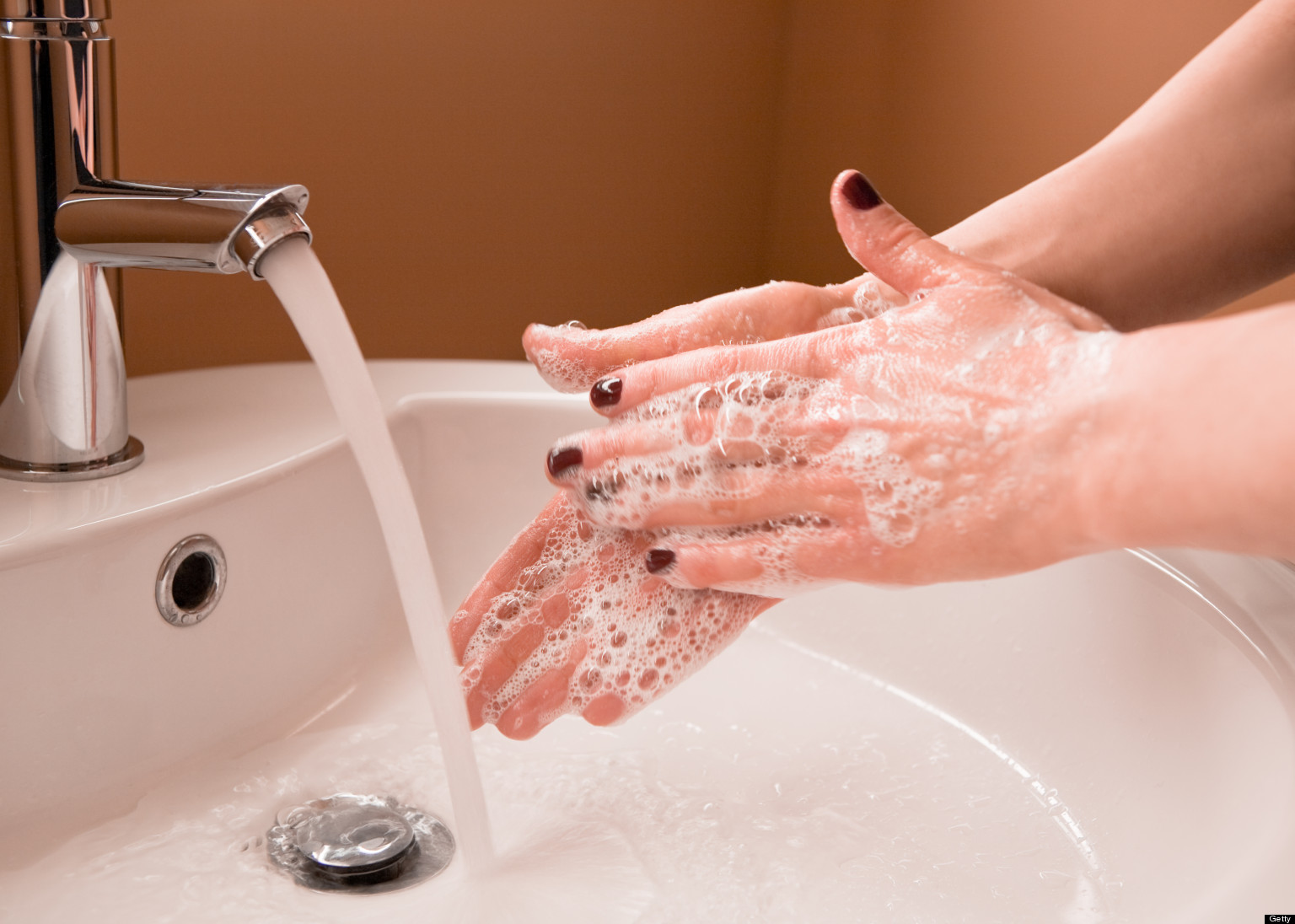Speech, Language, Hearing
Is your child talking the talk?

What should your child be doing when it comes to speech,
language and hearing development? According to the Pediatric Therapies at Cool
Springs, here are some things you should expect to see at each developmental milestone:
0-6 month, does your child:
Localize to sound by turning head
Listen when spoken to
Quiet or smile when spoken to
Move his eyes in the direction of sounds
Respond to changes in the tone of your voice
Vocalize in response to speech
Make cooing and gurgling sounds when playing
Babble different sounds-i.e.p,b,m
Repeat the same sounds
Use his voice to express same sounds
Use a different cry to express different needs
Protest with sounds or gestures when desired object is
removed
Use sounds or gestures to indicate want
Pay attention to toys that make noise and music
Mouth objects
7-12 Months, does your child:
Turn and look in the direction of sound
Listen when spoken
Use gestures to communicate- i.e. wave, hold arms up
Imitate different sound
Babble repetitive syllables such as baba, upup, tata
Understand "no" and "not
Use speech sounds vs. only crying to get attention
Enjoy games like peek-a-boo and pat-a-ca
Respond to simple questions- i.e. where's your nose
Understands and respond to his own name
Have an expressive vocabulary of at least 1-3 words
Understands simple commands and request
Have one or two words- i.e. mama, dada, dog, thought sounds may
not be clear
13-18 months, does your child:
Use speech to get attention
Produce mostly unintelligible speech
Use jargon to fill in gaps in fluency
Recognize pictures
Combine gestures and vocalizations
Label objects
Omit some initial and almost all final consonants
Point to things desired
Follow simple one-step commands
Follow simple commands more independently
Verbally protest
Use the word "no"
Use adult-like intonation patterns
Greet others
Take turns
Use adult-like intonation patterns
Receptively identify 1-3 body parts
Use object appropriately in play
Have an expressive vocabulary of 3-20+ words
19-24 month, does your child:
Use words more frequently than jargon
Know 5+ body parts
Start to combine nouns and verbs in 2-word phrases
Begin to use pronouns
Have speech that is 25-50% intelligible to strangers
Enjoy listening to stories
Says his/her name
Point to pictures in books upon request
Have a receptive vocabulary of 300+ words
Use "my" to declare ownership
Have an expressive vocabulary of 50-100+ words
Answer "what's this" question
Use negation in phrases- i.e. no milk
Takes turns during verbal interactions
Ask for objects by name
Indicate possession- i.e. daddy car
2-3 years, does your child:
Have speech that is 70-80% intelligible to strangers
Have mastery of sounds-i.e. p,b,m,n,h,w,t,d
Use 3-4 word phase
Answer yes/no question
Name objects when function is given
Use "no" in combination with other words
State first and last name when asked
Talk to self during play
Verbalize toileting needs before, during or after act
Understands most things said to him/her
Understands a variety of who, what, where questions
Understands action in pictures
Understands simple size, quantity and spacial concepts
Follow simple 2- step commands
Understand simple time concepts
Match similar objects
Enjoy listening to short stories, songs and rhymes
Have an expressive vocabulary of 50-250+ words
3-4 year, does your child:
Unfamiliar listeners usually understand child's speech
Have mastery of 50% of consonants and blends
Use at least 4-5 word sentences
Follow 2 and 3-step commands
Ask and answer simple who, what, why question
Identify common shapes
Engage in long conversations
Understand object functions
Have improved grammar, but still with some errors
Follow 2 and 3-step commands
Identify colors and categories of objects in pictures
Make an effort to count objects
Understand differences in meaning-i.e. stop/go
Use contractions and conjunctions in speech
Use is, am, and are in sentences appropriately
Manipulate adults and peers using language
Talks about activities at school or friends' houses
Have a 1,200-2,000+ word receptive vocabulary
Have an 800-1,500+ word expressive vocabulary
4-5 year, does your child:
Answer simple questions about a short story
Hear and understand most of what is said to him/her
Use sentences with lots of detail and descriptors
Tell stories that stick to the topic
Communicate easily with other children and adults
Use sounds correctly except for maybe l,s,r,v,z,ch,sh,th
Say rhyming words
Name some letters and numbers
Use the same grammar as the rest of the family
For more
information about our program, please visit our website at:































